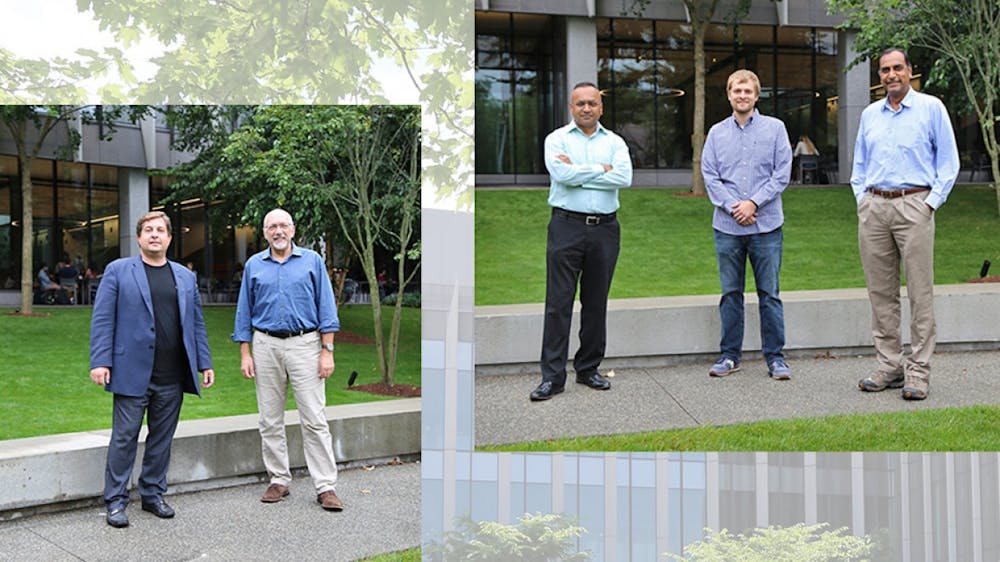The Office of Naval Research awarded $6.5 million of grant funding in September to faculty researchers at the Brown School of Engineering, who will focus on undersea vehicle and platform research in collaboration with the Naval Undersea Warfare Center in Newport.
The funding, which will last three years, will go towards principal investigators and Professors of Engineering Yuri Bazilevs, Kenny Breuer and Pradeep Guduru. Assistant Professors of Engineering Daniel Harris and Vikas Srivastava will serve as the area leads and co-investigators for this project.
The research team will work to provide “general research knowledge and technology,” which the Navy will “apply ... to specific vehicle designs,” Bazilevs said.
Instead of focusing on a specific vehicle or platform, the team will “work on a new class of structural materials that can then be used on submarines, manned or unmanned, to mitigate extreme events like blasts” with the overall goal of improving safety and resistance, he said.
One environment that the team aims to explore with these new vehicle designs and materials is cold waters. “The Arctic is becoming very important for the U.S. Navy, and so we need to understand if these materials are any good, or if we need to come up with some other solutions when the temperatures go lower than expected,” Bazilevs said.
Bazilevs will lead an area of this research focused on predictive modeling of structures to study the impact of undersea conditions on the vehicles.
Additionally, Bazilevs will collaborate with Harris to explore computational simulations of objects that provide propulsion along the interface between air and water, according to Harris.
As part of another aspect of the project, Breuer and Harris aim to “learn something from nature to design better engineering structures,” Harris said. For example, they will look to examples in biology for inspiration on the mechanics of swimming and flying.
“We’re looking at things like diving birds and how they successfully survive very high altitude impacts with the air-water interface,” he added.
Another area of the study, in which Guduru, Bazilevs and Srivastava are involved, will seek to determine means of improving vehicle movement in water and their ability to withstand extreme conditions, according to a University press release on the award.
Beyond the scope of the current project, Harris is optimistic that this funding will foster a “strong connection” between the Navy and its Rhode Island facilities, “which is quite unique and exciting to be a part of,” he added.
The engineering department hopes that “this is the first of many such awards going forward,” Dean of Engineering Lawrence Larson said. “We have a tremendous amount of great science that we can apply to some of the toughest problems that these funding agencies give us.”
“One of the things that we’re especially proud of is that this was a real team effort” by multiple faculty members to put together the grant proposal, Larson added. “It’s a great example of how people in engineering really work together to solve some of these big problems.”
“We’re hoping to train a next generation of scientists and engineers that are able to work on Navy problems, but again, can go beyond that ... for the benefit of the U.S. and beyond,” Bazilevs said.
This award is a “vote of confidence in Brown’s world-leading mechanics program,” Larson said, and is a statement that “when the government wants to do the most cutting edge research, they come to Brown.”





